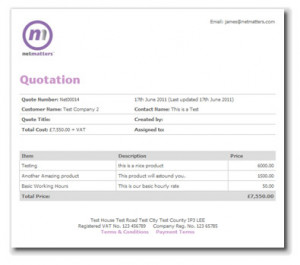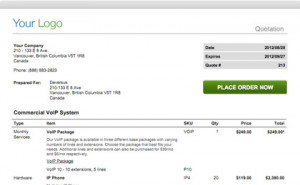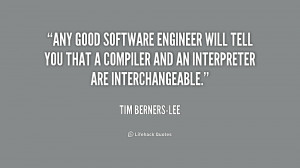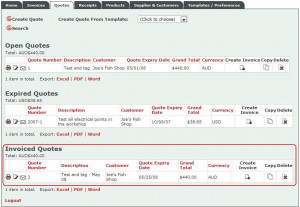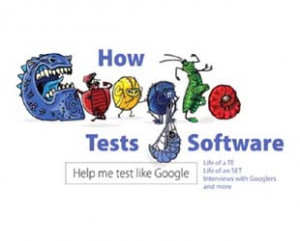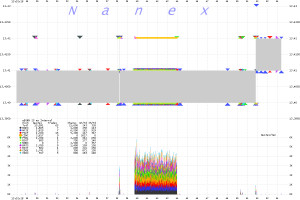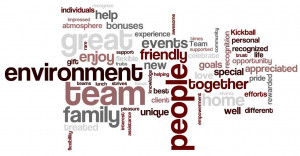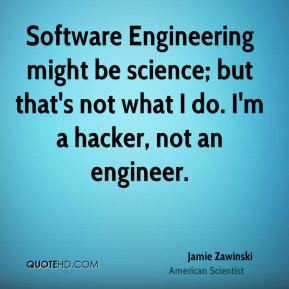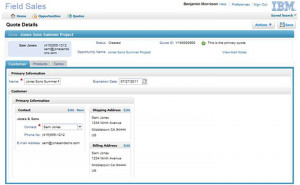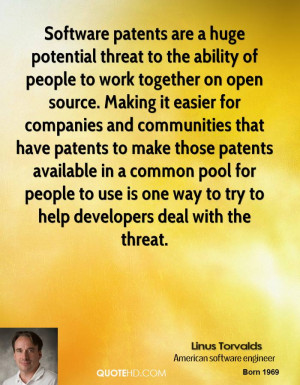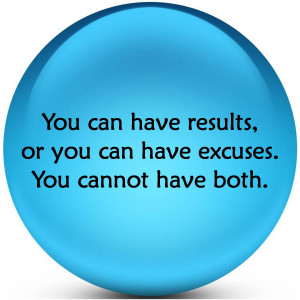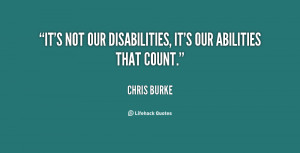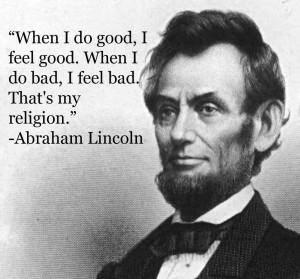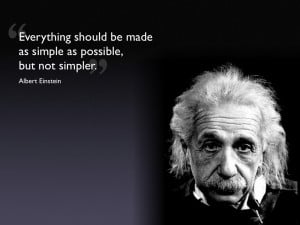Software Quotes
Whether it's watching a $4,000 laptop fall off the conveyor belt at airport security, contending with a software conflict that corrupted your file management system, or begging your family to stop opening those virus-carrying 'greeting cards' attached to emails, all computer owners are highly leveraged and highly vulnerable technology investors.
Human beings either function as individuals or as members of a pack. There's a switch inside us, deep in our spirit, that you can turn one way or the other. It's almost always the case that our worst behaviour comes out when we're switched to the mob setting. The problem with a lot of software designs is that they switch us to that setting.
We speak of 'software eating the world,' 'the Internet of Things,' and we massify 'data' by declaring it 'Big.' But these concepts remain for the most part abstract. It's hard for many of us to grasp the impact of digital technology on the 'real world' of things like rocks, homes, cars, and trees. We lack a metaphor that hits home.
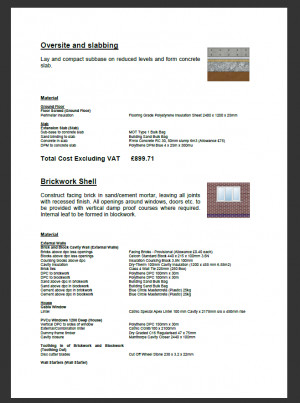

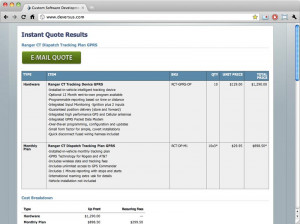

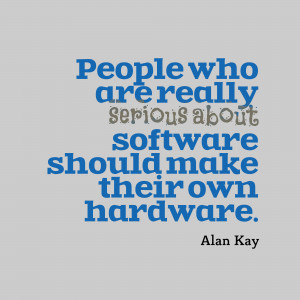
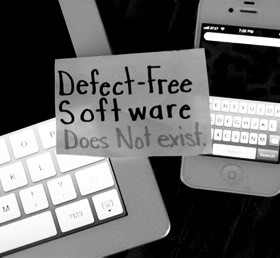
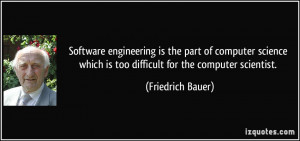


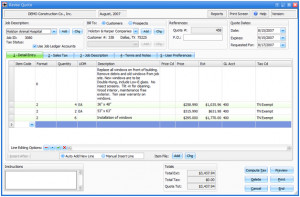



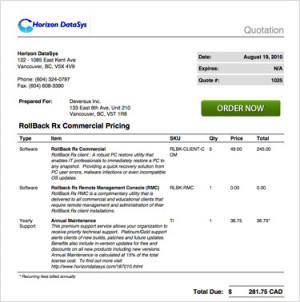
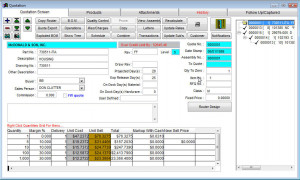



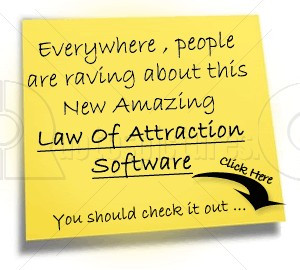

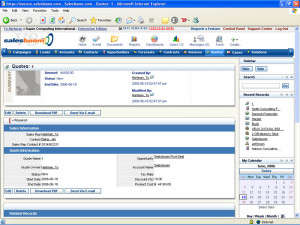
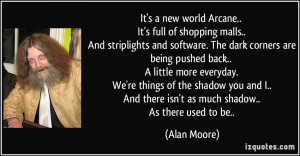

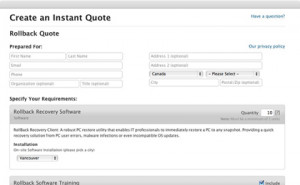

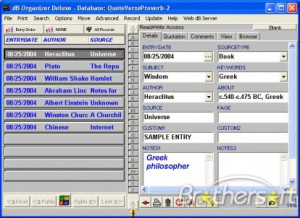
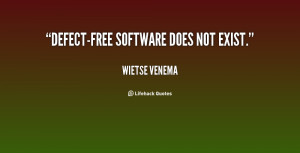
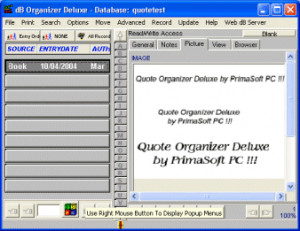
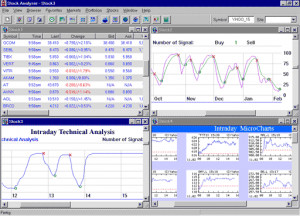

![EN] Great software development quotes](https://cdn.quotesgram.com/small/68/27/1641261458-en-great-software-development-quotes-1-638.jpg)
